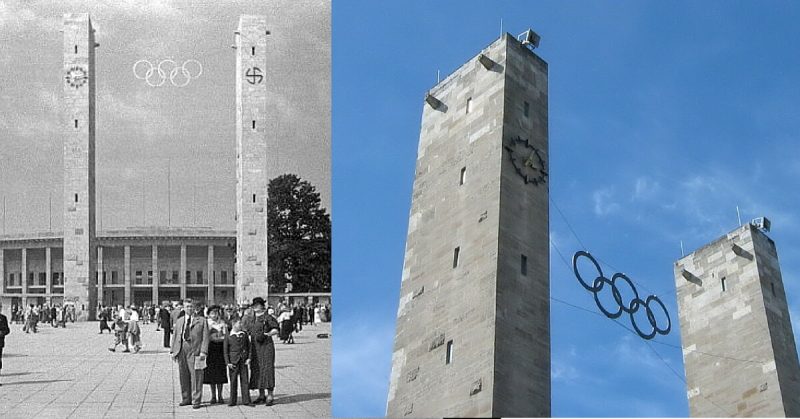Eighty years ago this August, Nazi Germany welcomed the Olympics to the city of Berlin for two weeks. The Nazis used the games to promote Germany as a stronger, unified country.
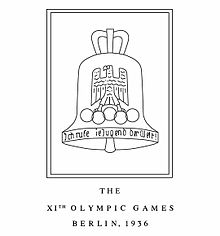
People in the United States and Europe had petitioned to boycott the games, but the “Nazi Olympic Games” went on as planned. From an Olympic standpoint, the games were a success. Stadiums were packed, and the games were broadcasted in over 28 languages.
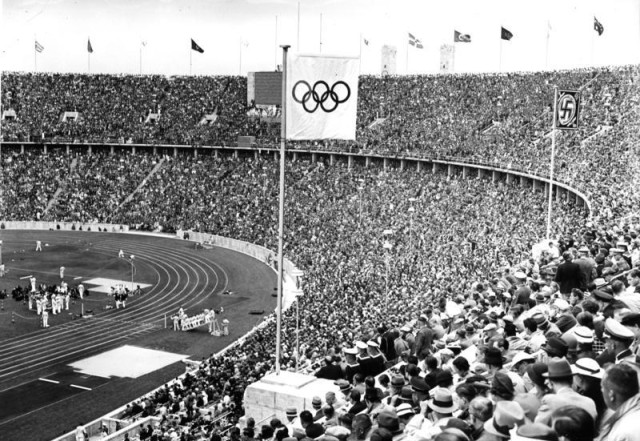
When the Games were awarded to Berlin, Adolf Hitler had yet to take power. Berlin was awarded the 1936 Summer Olympics in 1931, but just two years later Adolf Hitler and Nazism would take over.
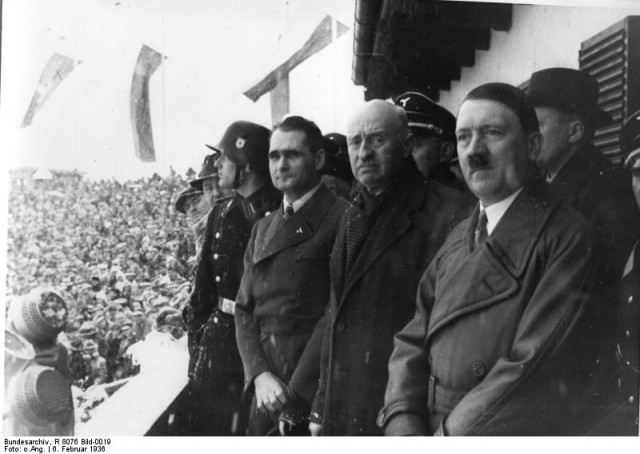
Numerous structures were erected for the events, with the games having a total cost estimated somewhere between $30-50 million ($520- $860 million in 2016). There were over 150 venues built for the games, many of which are still standing today.
Reichssportfeld
When Adolf Hitler and the Nazis came into power, they looked to use the Olympics as a propaganda tool. Originally, the city had planned to use a stadium and some facilities that already existed. Hitler set out to build a new sports complex called the “Reichssportfeld,” that was to be the greatest in the world. The sports complex sat on 326 acres and housed the Olympic Stadium, an amphitheater, Maifield (where gymnastics were held) and various other buildings and structures that housed field hockey, football, swimming and other sports.
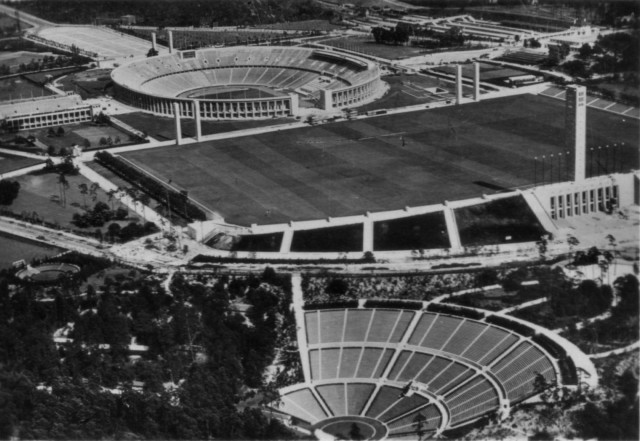
Many of these structures still stand today and have been refurbished.
Olympic Stadium
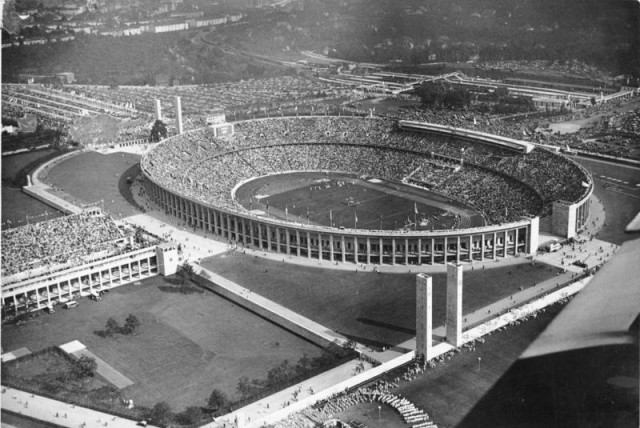
Constructed between 1934 and 1936, Olympic Stadium held 110,000 fans. The stadium hosted the opening and closing ceremonies, as well as track and field events. The stadium has been renovated twice, and in both 1974 and 2006, it hosted the Fifa World Cup. Renovations have reduced the stadium’s capacity to 74,000 seats, but it continues to see regular use as a football and concert venue.
From the outside, the stadium looks as it did when it was built, but the inside looks a bit different. An overhang has been added, and much of the inside has been completely remodeled.
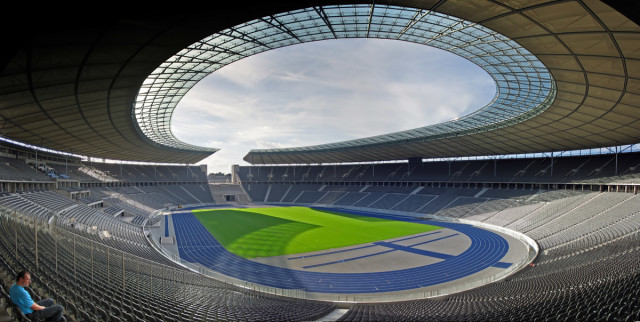
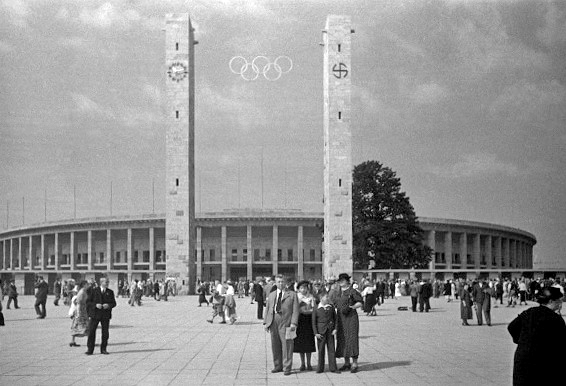
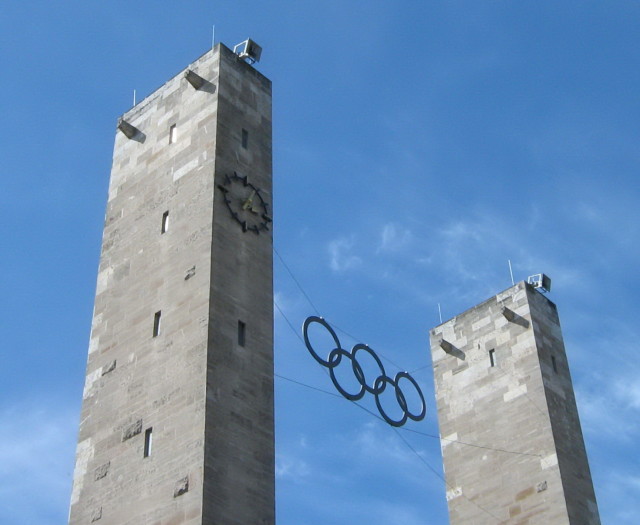
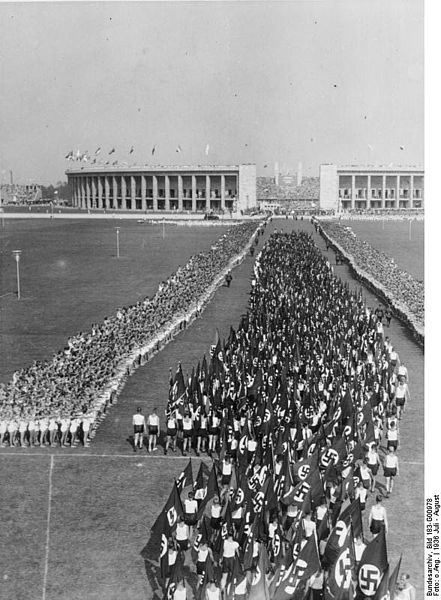
Waldbühne Amphitheater
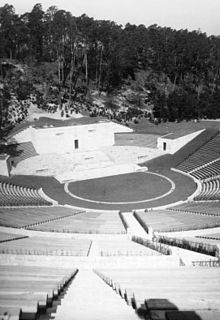
The amphitheater was opened on August 2nd, 1936, the second day of the Olympic Games. The venue was primarily used for boxing during the Olympic games, but was later used for concerts, plays, and other live performances. It was built into the hillside and features bench seating. Wadlbuhne seats 22,000 people and has been renovated twice. Today, it’s primarily used as a concert venue.
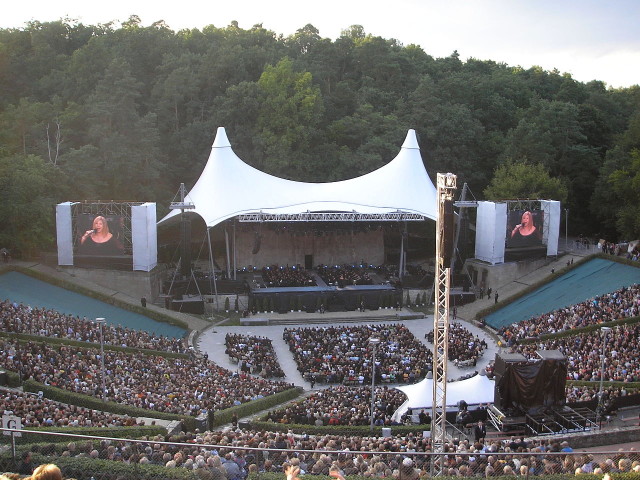
Maifield
Maifield is a large lawn which lies right next to Olympic Stadium. During the games, it was used for gymnastics and equestrian events. It covers 28 acres, and can hold over 250,000 people.
This lawn is home to the Olympic Bell Tower as well as Langemark-Halle, which lies beneath the bell tower. The bell tower was accidentally set on fire by Soviet troops after World War II. Because of this, the British tore it down in 1947 after deeming it unsafe. The tower that stands today was built in the early 1960s and was built using the same plans used in the 1930s.
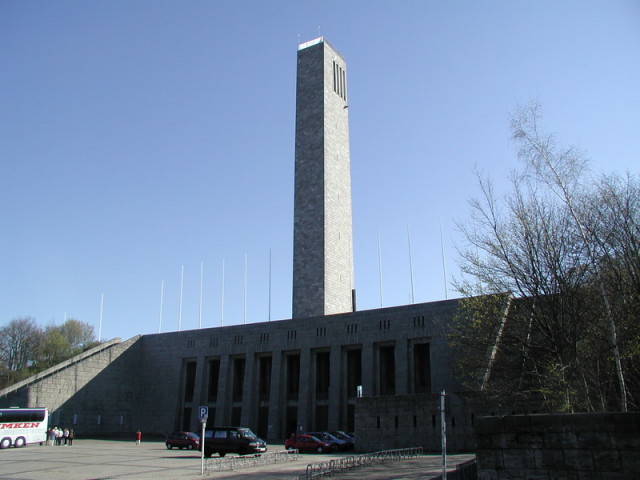
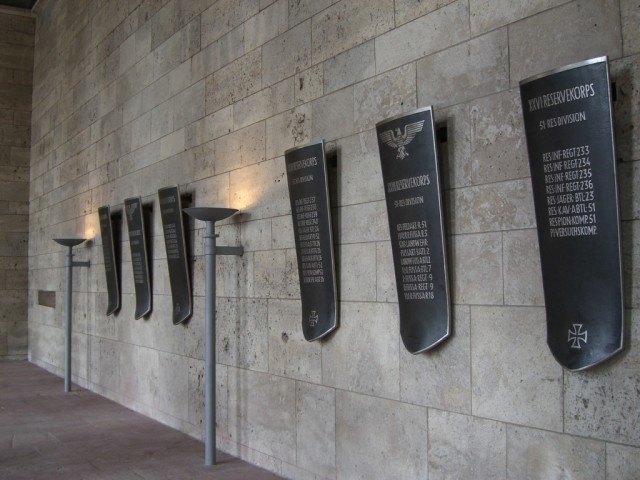
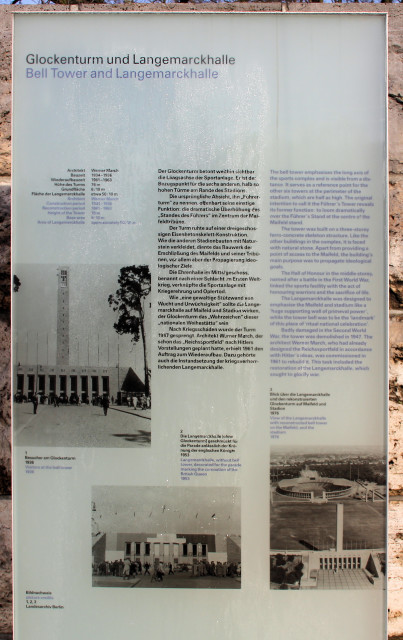
Olympiapark Schwimmstadion Berlin
The aquatics center sits right next to Olympic Stadium and was a favorite spot amongst spectators. During the games, this swimming center hosted water polo, swimming and diving competitions. Over 140,000 people attended events here during the Olympics. The swimming center is still open today, though the facility has changed a little bit.
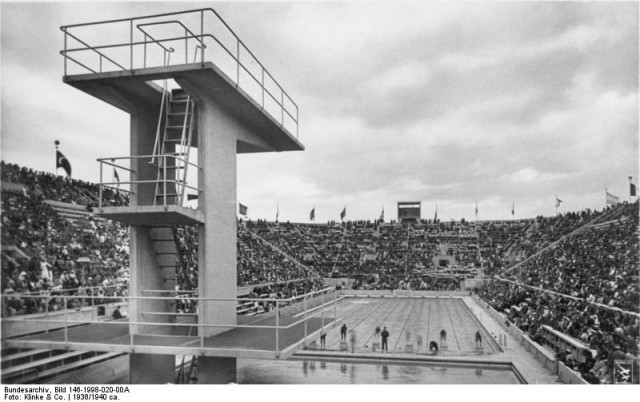
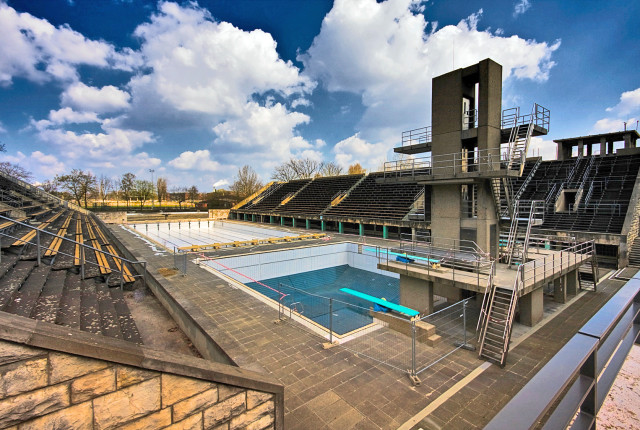
Olympic Village
Located on the edge of Berlin in Elstal, Wustermark, the Village was home to over 4,000 athletes during the games. Here athletes would be welcomed to gyms, swimming pools, large dining halls and more, all designed to enhance their Olympic experience. The village was transformed into a military school three months after the games and then would later serve as barracks for the Soviet Union. It has largely been abandoned for some time now, and only a small portion of it has been restored.
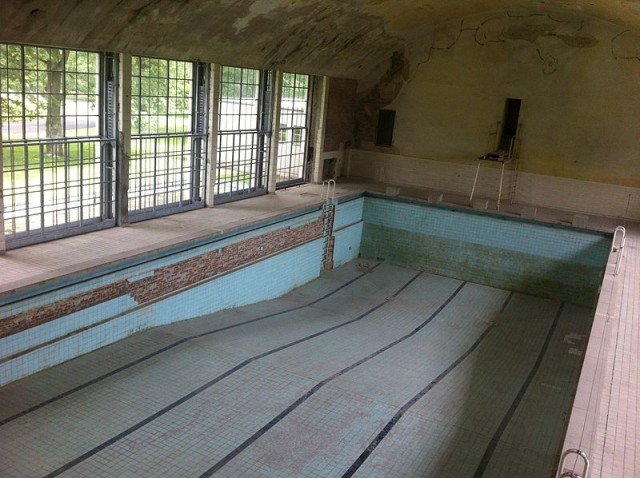
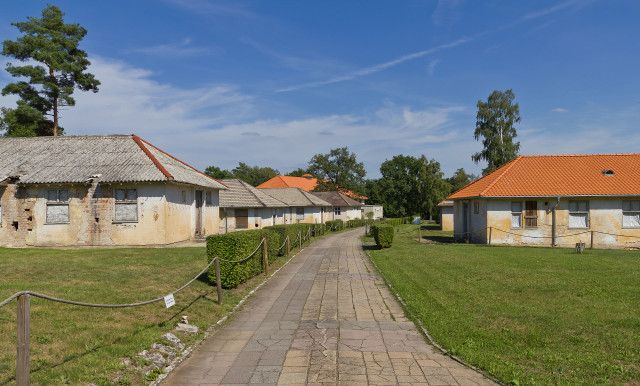
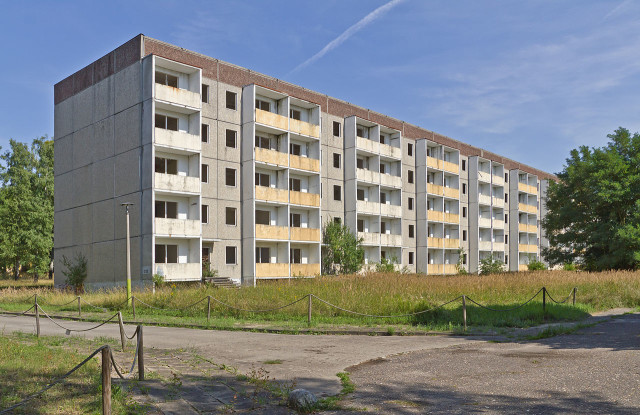
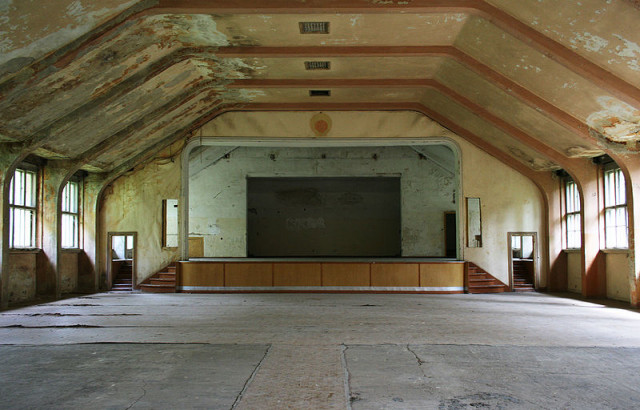
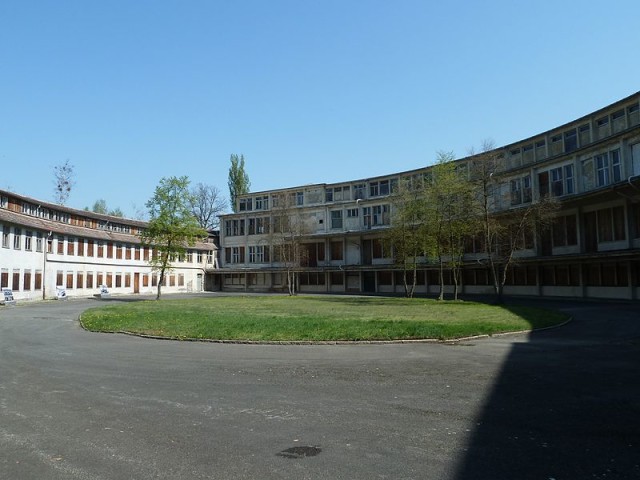
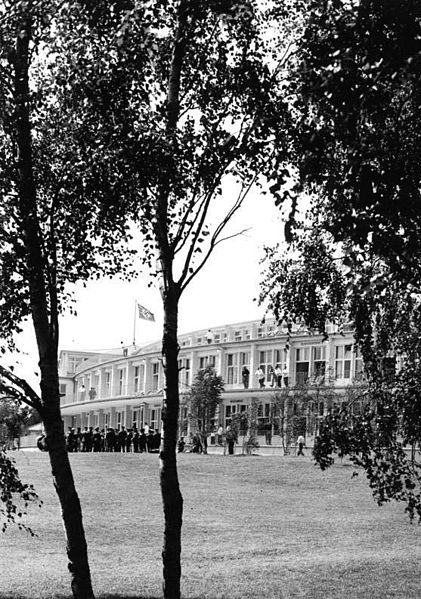
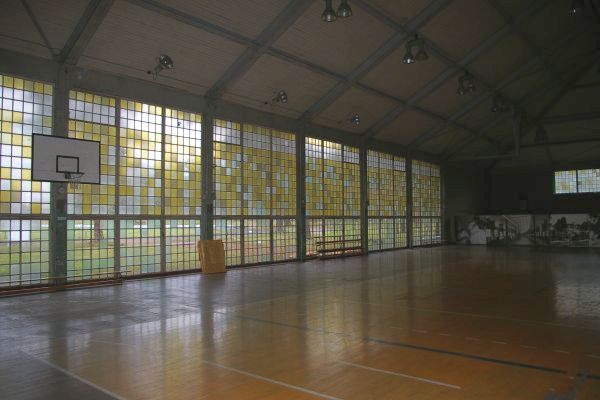
It has been 80 years since the 1936 Summer Olympics were held. Though times have changed, the buildings remain a testament to the 1936 games’ dark past.
